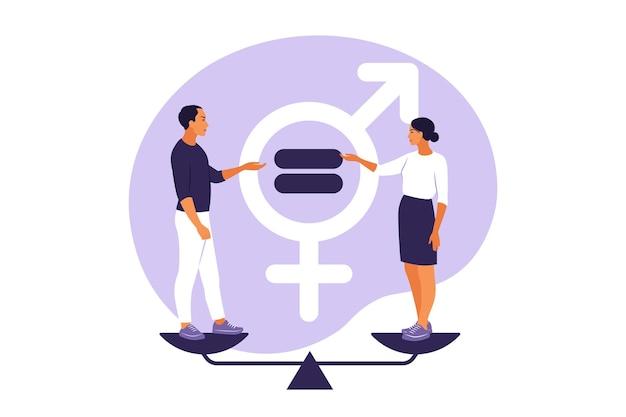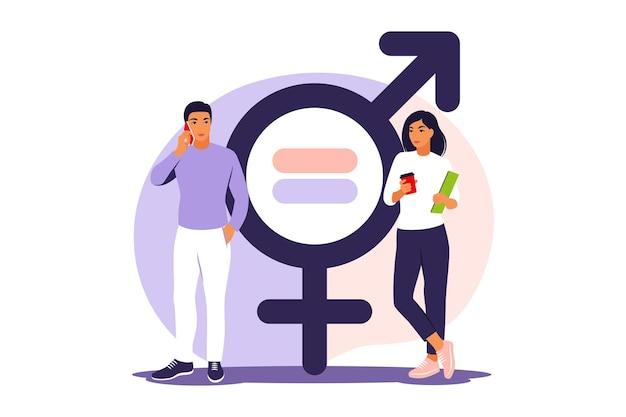Creating an environment of equality in health and social care is not just about treating every individual with respect and dignity; it encompasses a broader perspective that involves eradicating disparities and ensuring fair access to services. In this blog post, we will delve into the concept of equality in health and social care, emphasizing the profound impact of diversity in the workplace and exploring a tangible example of equality in action. By understanding the significance of equality and diversity, we can strive to build a more inclusive healthcare system that caters to the diverse needs and experiences of individuals, ultimately fostering better outcomes for all.

What is an Example of Equality in Health and Social Care
In the realm of health and social care, equality is not just a buzzword; it is a fundamental principle that guides the provision of services. One notable example of equality in this context is the implementation of culturally sensitive healthcare practices.
Culturally Sensitive Healthcare: Breaking the Barriers
The Importance of Cultural Sensitivity
Cultural sensitivity plays a key role in ensuring equality in health and social care. It acknowledges and respects the diverse backgrounds, beliefs, and values of individuals, creating an inclusive environment where everyone can access quality care.
Tailoring Healthcare to Unique Needs
In the pursuit of equality, healthcare providers recognize that not all patients have the same needs. Through cultural sensitivity, they aim to bridge the gap created by differences in language, customs, and traditions. For example, a hospital might have interpreters available to assist non-English speaking patients, ensuring they fully understand the medical care they receive.
Bridging the Socioeconomic Gap
Equal Access to Healthcare Services
To achieve equality in health and social care, it is essential to address the socioeconomic disparities that often hinder individuals from accessing proper healthcare. Initiatives such as Medicaid and the Affordable Care Act (ACA) in the United States strive to break down these barriers by providing affordable health insurance options for low-income individuals and families.
Proactive Healthcare Education
Promoting equality also involves educating individuals from different socioeconomic backgrounds about the importance of preventive healthcare. By offering educational programs and resources on topics such as nutrition, physical fitness, and disease prevention, we ensure that everyone has the knowledge and tools to take control of their health and well-being.
Empowering Patients through Advocacy
Patient Advocacy and Empowerment
Equality in health and social care is not just about providing medical services; it also encompasses empowering individuals to assert their rights and actively participate in decisions regarding their own care. Patient advocacy groups play a crucial role in upholding this principle, supporting patients in navigating the complexities of the healthcare system and gaining access to the best possible care.
Amplifying Patient Voices
Through patient advocacy, individuals facing discrimination or unequal treatment can raise their concerns and have their voices heard. These advocates strive to create a system where all patients, regardless of their background or social status, are treated with respect and dignity.
Equality in health and social care is not an illusion; it is an achievable goal that requires a holistic approach. By embracing cultural sensitivity, addressing socioeconomic disparities, and empowering patients through advocacy, we can create a healthcare system that fosters equality and ensures that everyone receives the care they deserve. Let us continue striving for a world where health is not a privilege but a fundamental right for all.

FAQ: Equality in Health and Social Care
What is the impact of equality and diversity in the workplace
Inclusion and diversity in the workplace have a profound impact on the overall success and well-being of an organization. Embracing equality and diversity cultivates a positive work environment where all individuals feel valued and respected. It promotes creativity, innovation, and collaboration among employees, leading to heightened productivity and better problem-solving. Moreover, a diverse workforce can better cater to the needs of a diverse customer base, resulting in improved customer satisfaction and increased business opportunities.
What is equality in the workplace
Equality in the workplace refers to the fair treatment of all employees, irrespective of their gender, race, age, disability, sexual orientation, or any other characteristic protected by law. It involves providing equal opportunities for career development, equal pay for equal work, and equal access to resources, benefits, and promotions. Equality in the workplace ensures that every individual is judged based on their skills, qualifications, and performance, fostering a more inclusive and harmonious work environment for everyone.
What is an example of equality in health and social care
Imagine this – Debbie, a dedicated healthcare worker, is passionate about providing quality healthcare services to individuals with disabilities. In her workplace, she notices that some patients with mobility impairments struggle to access certain areas due to the lack of wheelchair-friendly infrastructure. Determined to address this issue, Debbie advocates for equality by collaborating with the management team to make necessary modifications. As a result, the facility installs accessible ramps and elevators, ensuring that individuals with disabilities can easily navigate the premises. This example highlights how equality in health and social care goes beyond just providing medical assistance. It encompasses creating an inclusive environment that considers the unique needs of every individual, fostering equal access to healthcare services for all.
Remember, equality in health and social care extends beyond physical accessibility. It also involves providing culturally appropriate care, respecting individual choices and preferences, and addressing health disparities among diverse populations.
Conclusion:
Equality in health and social care plays a vital role in creating a more inclusive and just society. By embracing diversity and promoting equality, organizations can harness the full potential of their workforce, enhance service delivery, and foster healthier communities. Remember, equality is not just a buzzword; it is a fundamental value that should be embraced by all, transforming the way we approach health and social care for the better in the year 2023 and beyond.
